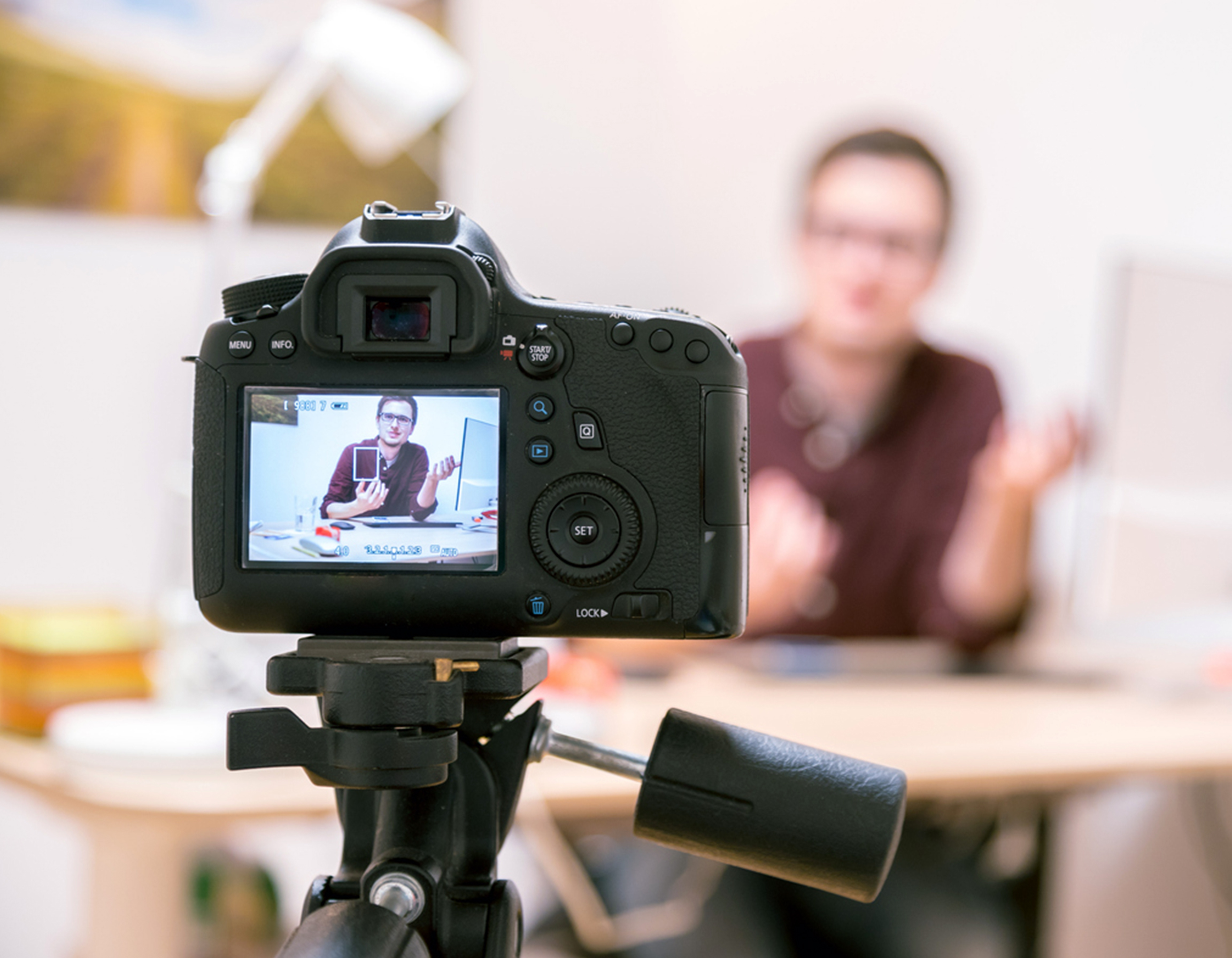Social Media Tips for the B2B IT Channel and How to Make It Easy for Your Team
Social media in B2B IT isn’t about going viral. It’s about building credibility, staying top of mind, and creating connections that lead to business.
The good news? You don’t need to spend hours a day making an impact. With a focused approach, you can establish authority, engage prospects, and motivate your employees without overwhelming them.
The Best Platforms for B2B IT Marketing
Not all social platforms are created equal for B2B. Here’s where IT channel companies see the best engagement and ROI:
LinkedIn: The B2B Powerhouse
- Ideal for thought leadership, industry news, and direct engagement with decision-makers.
- Best for posting expert insights, participating in LinkedIn groups, and running targeted ads.
- Pro Tip: Encourage execs and SMEs to share personal takes on industry trends. These posts outperform generic company updates by 5–7x.
Twitter (X): The Industry News Hub
- Great for real-time discussions, event engagement, and sharing quick insights.
- Best for participating in tech conversations, following industry leaders, and live-tweeting events.
- Pro Tip: Use industry hashtags like #CyberSecurity, #CloudComputing, or #B2BMarketing to expand reach.
YouTube and LinkedIn Video: The Trust Builders
- Video content is 5x more engaging than text-based posts.
- Best for customer testimonials, behind-the-scenes insights, and product/service overviews.
- Pro Tip: Shorter is better—keep videos under 90 seconds for social engagement.
Reddit & IT-Focused Communities: The Underrated Gems
- Great for deep-dive discussions and answering technical questions.
- Best for engaging in r/sysadmin, r/cybersecurity, or industry Slack groups.
- Pro Tip: No selling—just helpful, non-promotional engagement wins trust.
How to Make Social Media Easy for Your Team
Your employees aren’t marketers, and “just re-post this” isn’t enough guidance. Here’s how to empower them without overwhelming them:
1. Give Them Pre-Written Snippets
Instead of saying “Share this,” provide two or three short post options they can copy, tweak, and post in their own voice.
Example: Instead of just sharing a blog link, provide an intro like:
“Struggling with outdated data? We just published a guide on how to fix data decay and improve sales efficiency. Check it out here: [link]”
2. Make It a Habit, Not a Chore
- Create a simple posting schedule—one post a week is enough to build momentum.
- Set up a private Slack or Teams channel where employees can grab easy-to-share content.
- Pro Tip: Recognize and celebrate employees who engage—shoutouts make a big difference!
3. Use Video Without the Hassle
- Encourage employees to record quick insights or customer highlights via Zoom or an iPhone.
- Keep it simple: “What’s one common IT challenge you solved this week?”
- Easy Video Ideas:
- 30-second “hot take” on an industry trend
- 1-minute “quick win” customer success story
- Behind the scenes at a tech event
B2B Social Media Doesn’t Have to Be Hard
A focused approach beats random posting. If your company and employees:
- Pick the right platforms
- Use simple, structured content strategies
- Make social easy to engage with…
You’ll stay top of mind, build trust, and drive real engagement. Want help with a social media roadmap or engagement strategy? Let’s chat.











